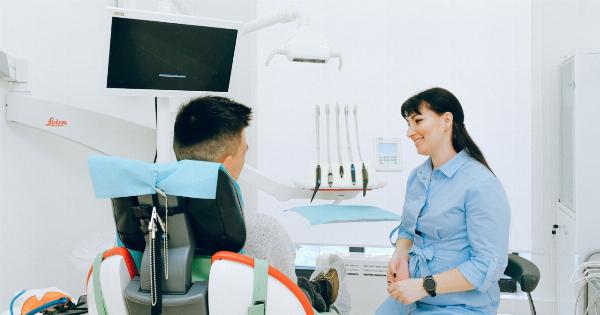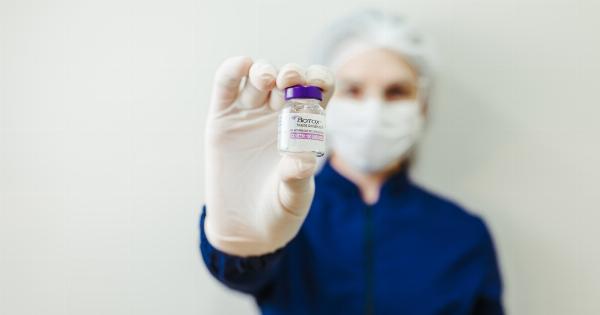Lip augmentation is a cosmetic procedure that has gained popularity over the years. It involves enhancing the size and shape of the lips to create a more attractive appearance.
Whether you have naturally thin lips or want to add volume and definition, lip augmentation can provide the desired results. However, it’s important to consider various factors before deciding if it’s the right procedure for you. In this article, we will explore the different aspects of lip augmentation to help you make an informed decision.
1. Understanding Lip Augmentation
Lip augmentation is a procedure that can be achieved through various techniques, such as injectable fillers, fat transfer, or surgical implants. The most commonly used method is injecting dermal fillers into the lips to increase their size and shape.
These fillers are typically made of hyaluronic acid, a substance that occurs naturally in the body and helps retain moisture, resulting in plumper lips.
2. Goals and Expectations
Before opting for lip augmentation, it’s important to have realistic goals and expectations. Enhancing your lips can improve their appearance, balance your facial features, and boost your self-confidence.
However, it’s crucial to understand that the procedure is not a magic solution and won’t solve any underlying self-esteem or body image issues. Communicate openly with your cosmetic surgeon or dermatologist about your expectations to ensure they align with what lip augmentation can realistically achieve.
3. Potential Risks and Side Effects
As with any medical procedure, lip augmentation comes with potential risks and side effects. These can include swelling, bruising, redness, tenderness, and in rare cases, infection.
It’s crucial to choose a qualified and experienced professional to minimize the risks associated with the procedure. They will help you determine if you’re a suitable candidate for lip augmentation and discuss any potential complications based on your medical history and individual circumstances.
4. Consultation with a Professional
Prior to undergoing lip augmentation, scheduling a consultation with a professional is essential. During this consultation, the practitioner will evaluate your lips, discuss your goals, and recommend the most suitable technique for you.
They will also guide you through the process, including the expected recovery time and any pre- or post-procedure instructions. This initial meeting will provide you with the necessary information to make an informed decision about whether lip augmentation is right for you.
5. Non-Surgical vs. Surgical Options
Lip augmentation can be achieved through either non-surgical or surgical methods. Non-surgical options, such as injectable fillers, are less invasive and have a shorter recovery time.
These fillers provide temporary results and may require touch-ups every few months. On the other hand, surgical options, like lip implants or fat transfer, provide longer-lasting results but require a more extensive procedure and recovery period.
It’s important to consider your personal preferences, lifestyle, and desired outcome when choosing between non-surgical and surgical options.
6. Recovery and Aftercare
Understanding the recovery and aftercare process is crucial when considering lip augmentation. After the procedure, you may experience swelling, bruising, and discomfort.
Your practitioner will provide you with specific instructions on how to minimize these side effects and promote healing. It’s vital to follow these instructions diligently to ensure optimal results and reduce the risk of complications. It’s also important to note that the final outcome of lip augmentation may take a few weeks to fully manifest.
7. Cost Considerations
Cost is an important factor to consider when contemplating lip augmentation. The price of the procedure can vary depending on several factors, including the technique used, the expertise of the practitioner, and your geographical location.
Non-surgical options tend to be more affordable compared to surgical procedures, but they also require more frequent touch-ups. It’s advisable to research and consult with different providers to get a clear understanding of the expected cost for your desired treatment.
8. Long-Term Maintenance
It’s essential to consider the long-term maintenance required after lip augmentation. Injectable fillers typically provide temporary results, lasting from several months to a year.
This means you may need repeat treatments to maintain the desired lip appearance. Surgical procedures, such as lip implants or fat transfer, offer longer-lasting results but may require revision surgeries in the future.
Discuss the potential long-term maintenance requirements with your practitioner to determine if you’re willing to commit to the necessary follow-up treatments.
9. Psychological Readiness
Undergoing any cosmetic procedure, including lip augmentation, requires psychological readiness. Ensure you have a healthy mindset and realistic expectations before moving forward with the procedure.
It’s essential to feel confident and comfortable in your decision, as any doubts or insecurities may impact the overall experience and satisfaction with the results. If you’re unsure about your psychological readiness, take the time to evaluate your motives and consult with a mental health professional who can support your decision-making process.
10. Considering Alternatives
Lip augmentation is not the only option for enhancing the appearance of your lips. There are non-invasive alternatives such as lip plumpers, lip serums, and lip exercises that can help improve the fullness and definition of your lips to some extent.
If you’re hesitant about undergoing a procedure, exploring these alternatives might be a good starting point. However, it’s important to note that non-invasive options typically provide milder and temporary results compared to lip augmentation.



























